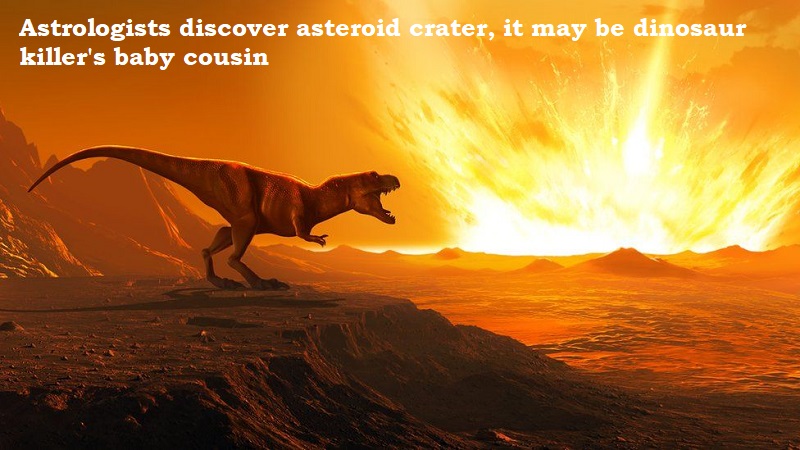
Nearly 400 kilometres off the coast of Guinea in Western Africa, a fresh asteroid crater has been discovered that may be the younger relative of the dinosaur killer.
Astronomers think that the asteroid caused an impact crater with an 8.5 km diameter that lies 300 metres below the seabed.
When Dr. Uisdean Nicholson from Heriot-Watt University was analysing seismic survey data to better understand historical climatic changes on Earth, he discovered the buried depression.
Oil and gas prospectors typically obtain surveys to record the various subterranean strata of rock and sediment.
Nicholson stated to BBC ‘The shape of Nadir indicates an asteroid collision. It has layers of debris that stretch outward from a core uplift area that is surrounded by an elevated rim.’
Dinosaurs were wiped off 66 million years ago when an asteroid crashed into what is now the Gulf of Mexico, and this specific study has raised the question of whether Earth was pummelling by more than one space rock on that horrible day.
The asteroid that formed the Chicxulub Crater in the Gulf of Mexico is thought to have been around 12 km large and threw dust into the sky.

Post Your Comments